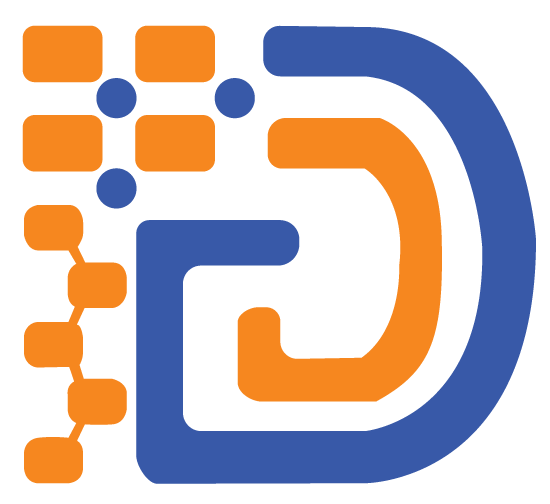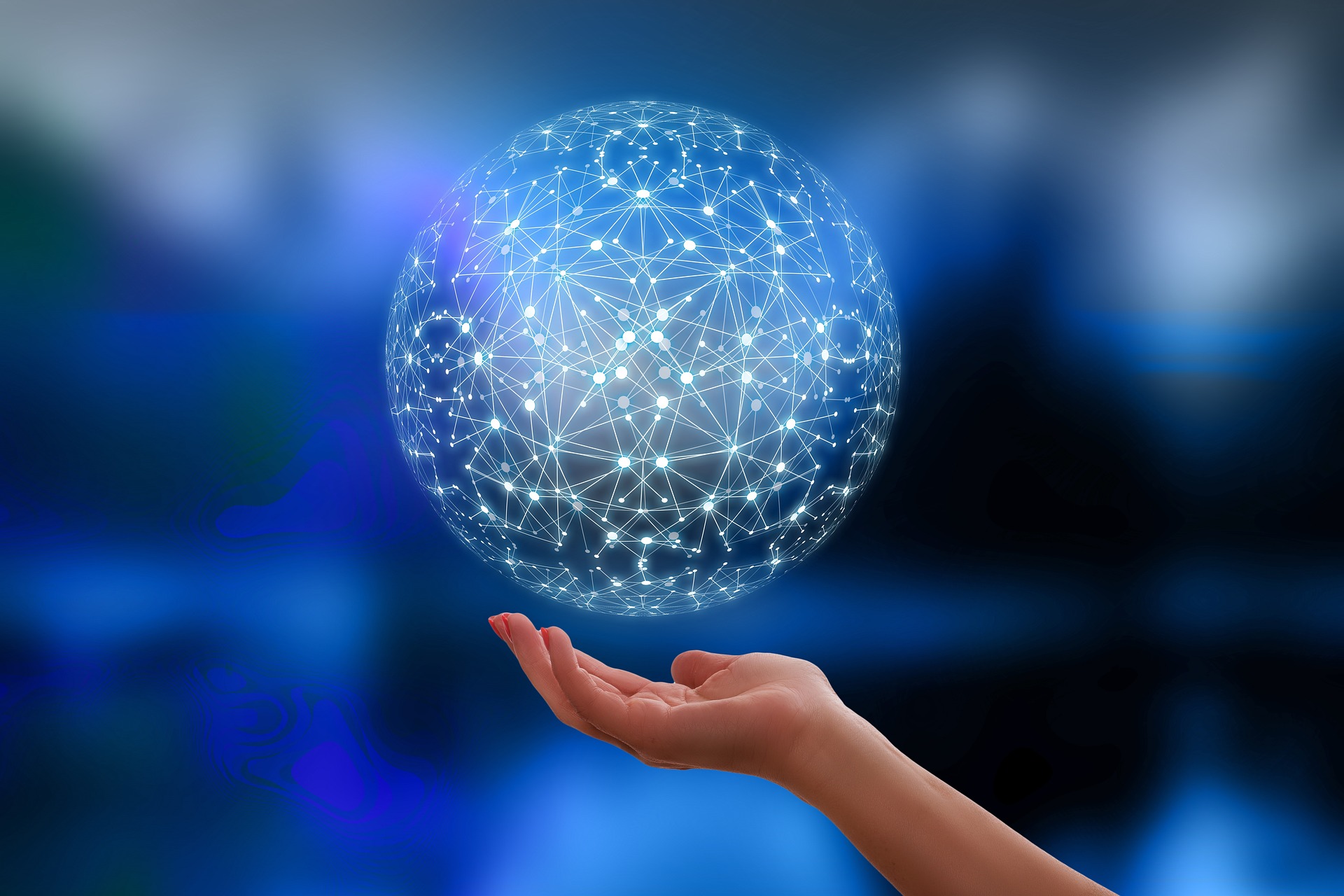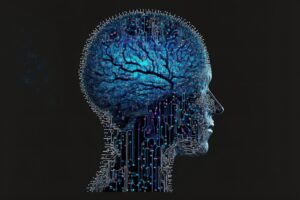Neural Network: Your Brain’s Computer ! The brain is, by far, the most complex organ in the human body. With millions of cells and trillions of connections between them, it’s no wonder the brain has stumped scientists for centuries! The functions of this organ are so diverse that it’s often hard to understand how it all fits together in what we perceive as consciousness or thought. Nevertheless, scientists are getting closer to understanding how the brain works at its most basic level – and they even have computers that can simulate some of the basic processes happening in our brains!
The Structure of the Neuron
A neuron is a nerve cell. Nerve cells are one of the most basic building blocks of the brain. A neuron can be connected to other neurons by way of tiny branches called dendrites and long thin protrusions called axons. Every neuron has thousands of these connections with other nerve cells, forming a dense and tangled web-like network. Some connections will be with neighboring neurons, while others will link far away regions of the brain, enabling you to send messages to all parts of your brain in a split second. But how does this system work? What gives some synapses strength while others are weaker? Synapses transmit signals between neurons by releasing chemicals called neurotransmitters. It’s thought that neurotransmitters may strengthen or weaken synapses according to their function, sending stronger signals for important messages such as movement or sight and less important ones like mood or hunger. As we grow up our brains change shape and size, with some areas growing more than others depending on what we need them for – making it even more difficult to understand how the entire system works together!
The Chemical Signals
The brain is a computer that is far more powerful than any machine we’ve invented. It works using chemical signals and switches to allow messages to be sent between individual nerve cells. This means your brain has the ability to produce different types of thoughts in response to a given event. Furthermore, neurons don’t even require physical contact with each other in order for information to be exchanged. In some cases, one neuron can transmit its signal to another without ever making direct contact at all. Neurons use electrical impulses and chemicals called neurotransmitters as their primary methods of communicating with one another. Neurotransmitters are passed from one neuron to the next, carrying messages from the body to various parts of the brain or from one part of the brain to another. Neurotransmitters bind themselves onto receptor sites on adjacent neurons which then trigger an electric impulse through these cells, like turning on a light switch. These impulses are also capable of producing various emotions in humans depending on what area they’re being routed to.
Neurotransmitter levels rise and fall depending on external stimuli which can cause dramatic changes in mood, appetite and behavior over time.
What is Artificial Intelligence?
Artificial intelligence is the name for today’s cutting-edge field of computer science, focused on creating computers that are capable of human-like thinking. Computers have come a long way since their first beginnings in the 1800s and they’re getting smarter every day. With AI, computers can show what they know and do an intelligent thing when you don’t give them specific instructions. For example, if a website visitor clicks on a couple different types of flowers and then clicks on ‘buy now,’ an AI will know to show that option because it is more expensive than the other flowers that are being looked at but less expensive than another type of flower that was also looked at. What does Neural Networks Mean?: A neural network is essentially a mathematical model of how the brain processes information. The brain sends signals down axons (the wires) which stimulates neurons (the switches). It has been found that artificial neural networks work better when there are multiple layers as opposed to just one layer.
How Can We Apply AI in Our Lives?
Nowadays, it feels like AI is on the rise. Machine learning is being used to catch up to human-level thought patterns, with neural networks having recently been built that have close replications of the human brain. And it seems as though humans are becoming more reliant on AI – whether we’re using a web search engine or playing a video game. But what does this mean for us as humans? If all our thought patterns are in computers, what will happen when they go wrong? There are many possibilities and issues when dealing with neural networks, but understanding them and their possible implications should be at the forefront of our minds going forward as we move toward an increasingly digitized society. The future of machine learning can vary from success to failure depending on how much research is put into creating effective algorithms. Researchers from different companies often argue about which method works best, so there isn’t one definitive answer yet. All methods rely heavily on the problem you want solved, but those which use backpropagation seem to give better results than others do with slightly less computational power. However, there is still much debate surrounding this topic since it doesn’t always work in practice and there aren’t any true universal rules.




